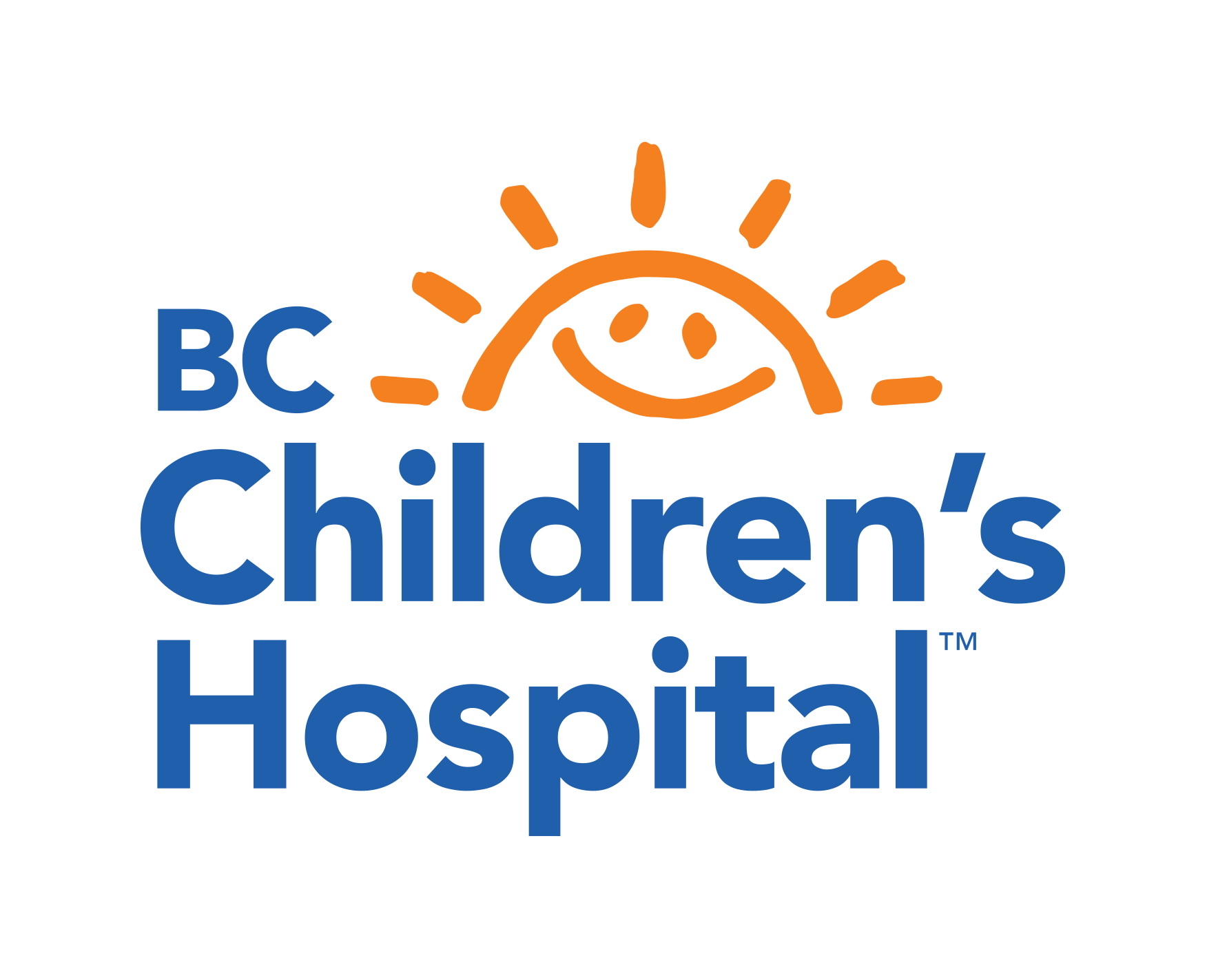Brachial Plexus Injuries
Each child with a brachial plexus injury will follow his or her individual course of therapy and recovery. Read our Information for Parents guide for an overview of brachial plexus birth palsy and to help you learn more about the condition and how it is managed.
Types of brachial plexus injuries
There are many degrees of severity of brachial plexus injuries. The first consideration is the number of nerves affected. Often the first two or three nerves of the brachial plexus are involved. These children will have more muscle weakness in their shoulder and elbow (Erb’s palsy). If all five nerves are affected, weakness or paralysis can affect the entire arm and hand.
The second consideration is the severity of injury to the nerve. If the nerve fibers have a mild stretching injury, your child will recover muscle use quickly. If more fibers are stretched or torn, it will take longer for muscles to work properly and they may be weaker. A nerve that is completely pulled apart can repair itself with a combination of scar and nerve healing so these muscles will regain varying amounts of strength. Nerves that have been “unplugged” from the spinal cord cannot recover.
Most children have sufficient recovery to have good functional use of their arm. Usually, there is some residual weakness in that arm. Some injuries are serious enough that they may not get better on their own. Surgery may be an option for these children with more severe injuries.
